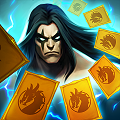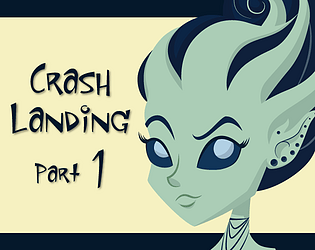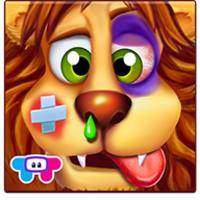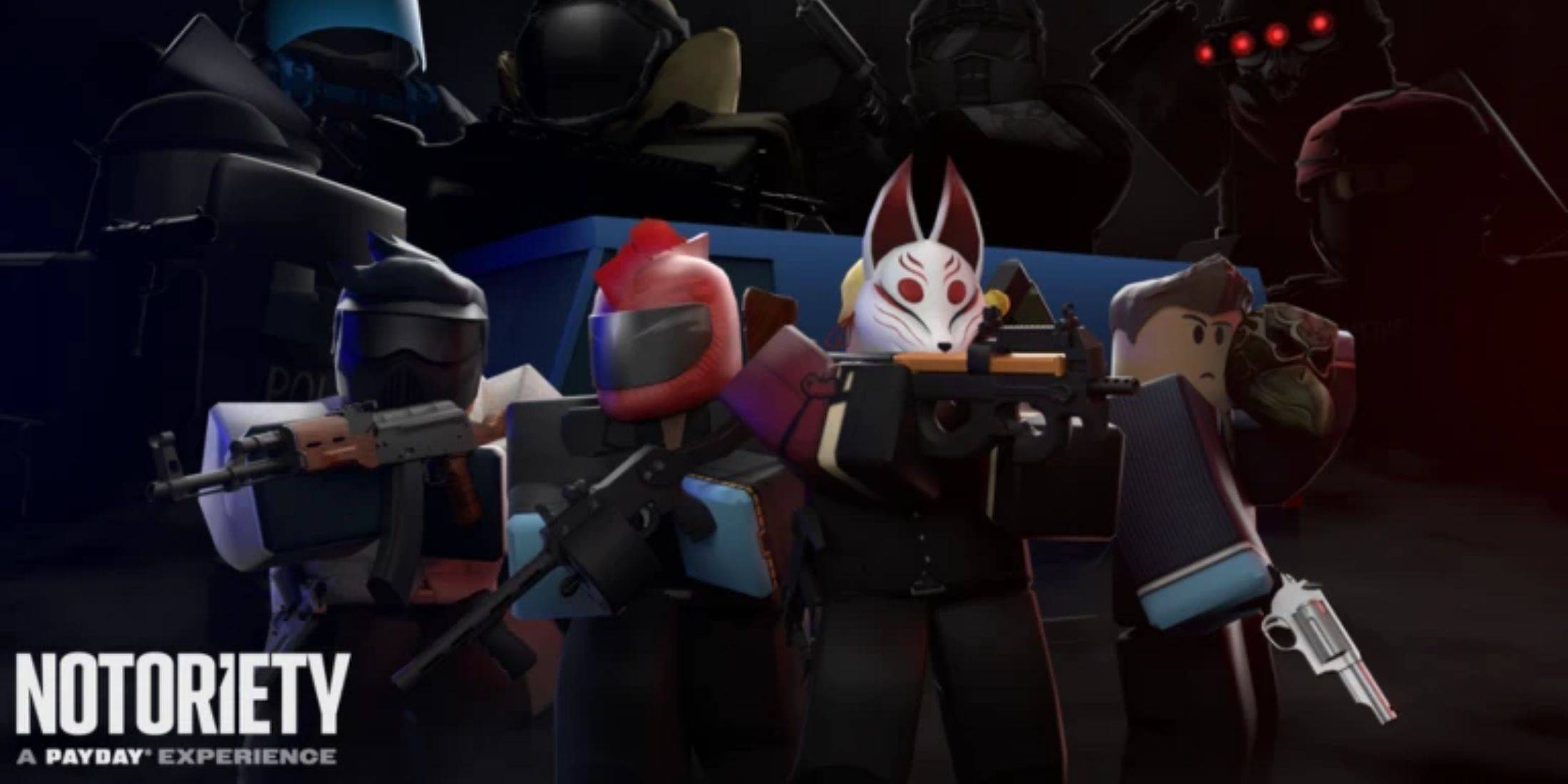"Switch 2: A Major Leap in Accessibility for Nintendo"
After months of intense speculation, rumors, and leaks, Nintendo fully unveiled the Switch 2 with its own Direct. Not only did we receive trailers for new games like Mario Kart World, Donkey Kong Bonanza, and even Nintendo GameCube games exclusive to Switch 2 Online, but perhaps more importantly, we got a good look at the system itself. From an accessibility perspective, I'm thrilled to report that the Switch 2 is undoubtedly an upgrade to its predecessor in almost every way.
Several months ago, I explored my accessibility predictions for Nintendo's latest console. I wanted more robust accessibility offerings, better usage of Joy-Con controllers, and unique inclusive design practices. To my surprise, Nintendo answered every wish and even went above and beyond. In this Access Designed, let's examine the exciting and confirmed accessibility features of the Switch 2.
New Accessibility Settings
The Direct offered limited tangible accessibility options, aside from fully customizable controls for each virtual GameCube game, which respect the system settings. However, Nintendo released an accessibility page detailing a range of returning and new features.
Fully customizable controls are back, functioning exactly like the original Switch. Settings to adjust text size to three different variants return, now with the added ability to implement High Contrast and change general display colors. The Zoom functionality, a crucial feature for blind/low vision players, also makes a comeback. Yet, Nintendo's biggest surprise is the introduction of a new "Screen Reader" setting.
Blind/low vision individuals often rely on settings like Text-to-Speech to navigate menus and settings. While this option is only available for the HOME menu and system settings, it's a vital tool that enables disabled players to independently navigate the Switch 2. Options to choose different voices, read speeds, and volume levels accompany the Screen Reader feature. While we still don't know if individual games will support these tools or come equipped with their own accessibility offerings, Nintendo's acknowledgment of their disabled audience is a welcome sight and piques my interest regarding the future of accessibility at the company.
Innovative Design
While not within a specific menu, Nintendo advertised a new inclusive tool that adds depth to a beloved franchise and vastly improves cognitive, physical, and blind/low vision accessibility. Within the renamed Nintendo Switch App, is Zelda Notes, a companion app for Breath of the Wild and Tears of the Kingdom. With the Navigation option in the app, players can locate shops, areas of interest, and even elusive Koroks within the app's GPS-like UI. The app, which comes with audio cues and voices, directs players to the exact location of their selected object. While not perfect, as it doesn't help with precise navigation or enemies, it assists blind/low vision individuals in navigating the overworld while reducing the cognitive overload of traveling across a vast world.
For cognitive, blind/low vision, and physically disabled players, another feature in the app — the Autobuild Sharing tool — lets players share their custom Zonai tech creations. By scanning a QR code, disabled individuals can automatically build a Zonai machine if they have the corresponding materials. I personally struggled with the control layout and required buttons to build Zonai machinery in Tears of the Kingdom, but this new tool means I only need to worry about gathering materials, not the actual building process. This is done with inclusive design, something I've regularly praised Nintendo for in the past.
Finally, disabled individuals can share items with one another through Item Sharing, a feature similar to Autobuild Sharing. By scanning a QR code, I can immediately access items that my friends send me, reducing physical strain by eliminating the need to continuously scour the world for weapons and food. Does this make Breath of the Wild and Tears of the Kingdom fully accessible? Absolutely not. However, it's an incredible step forward.
Wheelchair Sports
The biggest surprise for me was the announcement of Drag X Drive, a Rocket League-esque game that lets players control characters in manual wheelchairs on a basketball court. This announcement is not only a fantastic way to show proper disability representation but also highlights one of the Switch 2's few new hardware changes – mouse control.
By flipping the Joy-Con on its side, players can move the controller across any surface, making it behave similarly to a computer mouse. While we still don't know how much force is required to move the cursor, any new way to play will undoubtedly have accessibility benefits for an array of disabled players. It's exciting to imagine how Nintendo will utilize this new feature, but more importantly, it's yet another tool for disabled individuals. Combine this with the multitude of controller types already available on the Switch and Switch 2, and Nintendo continues to innovate with controller usage.
As a Nintendo fan, I'm beyond excited for the Switch 2. While I'm admittedly hesitant to spend upwards of $450 for the system, my love of gaming began with Nintendo. With each new system comes exciting accessibility additions that continue to demonstrate Nintendo's commitment to accessibility and inclusive design. While we still don't have a first-party accessible device like the Xbox Adaptive Controller and PlayStation Access Controller, Nintendo is innovating with new ways to play for disabled individuals. Combine these innovations with the recent announcement of Nintendo joining other developers to create standardized accessibility tags, and I believe we'll see Nintendo continue to elevate accessibility for the better.
-
Fortnite has just concluded its latest spectacular live event, destroying the ominous Death Star hovering over the Island while introducing DC Comics icon Superman in the process.Tonight's event, called Death Star Sabotage, allowed players to infiltrAuthor : Bella Nov 11,2025
-
The Wait for GTA VI ContinuesAfter more than ten years since Grand Theft Auto V's debut, anticipation has been building for its successor. With recent speculation suggesting GTA VI's console release might be delayed until 2026—and PC players potentiaAuthor : Natalie Nov 11,2025
-
 Lucky SurpriseDownload
Lucky SurpriseDownload -
 Aftermagic - Roguelike RPGDownload
Aftermagic - Roguelike RPGDownload -
 Fruit Memory by Beat the OddsDownload
Fruit Memory by Beat the OddsDownload -
 Fruit ShowDownload
Fruit ShowDownload -
 Legendary Matagi ~ Proof of InheritanceDownload
Legendary Matagi ~ Proof of InheritanceDownload -
 Hyper PADownload
Hyper PADownload -
 5000 words. LineDownload
5000 words. LineDownload -
 Crazy monkey game by Frolly appsDownload
Crazy monkey game by Frolly appsDownload -
 Beary Bad End!Download
Beary Bad End!Download -
 Growing ProblemsDownload
Growing ProblemsDownload
- Black Ops 6 Zombies: How To Configure The Summoning Circle Rings on Citadelle Des Morts
- Harvest Moon: Lost Valley DLC and Preorder Details Revealed
- Roblox: Latest DOORS Codes Released!
- Silent Hill 2 Remake Coming to Xbox and Switch in 2025
- Roblox: Blox Fruits Codes (January 2025)
- Roblox: Freeze for UGC Codes (January 2025)







![Taffy Tales [v1.07.3a]](https://imgs.ehr99.com/uploads/32/1719554710667e529623764.jpg)




